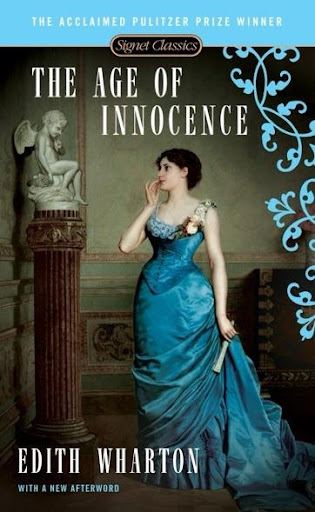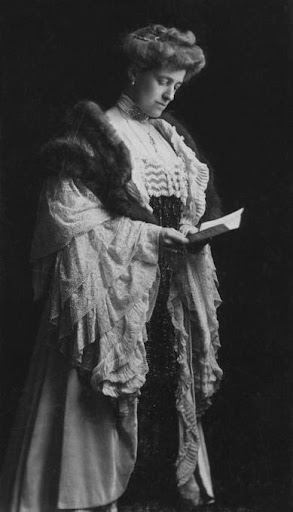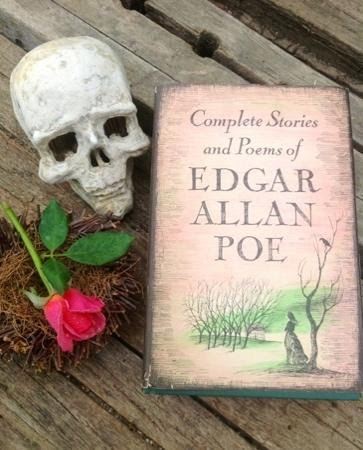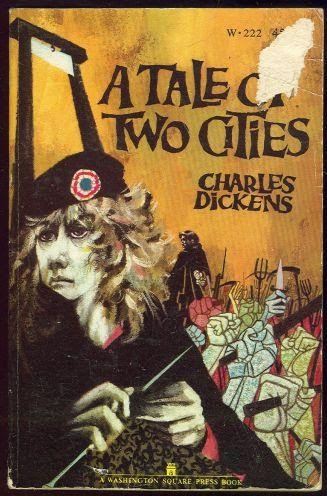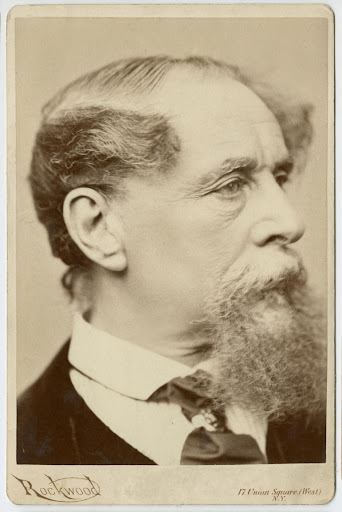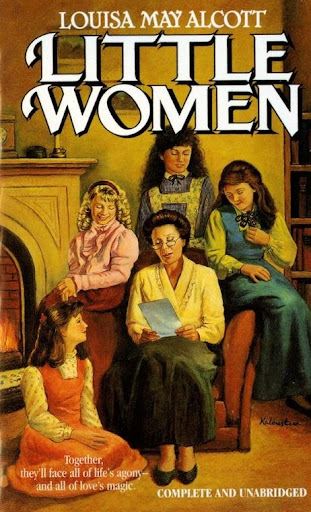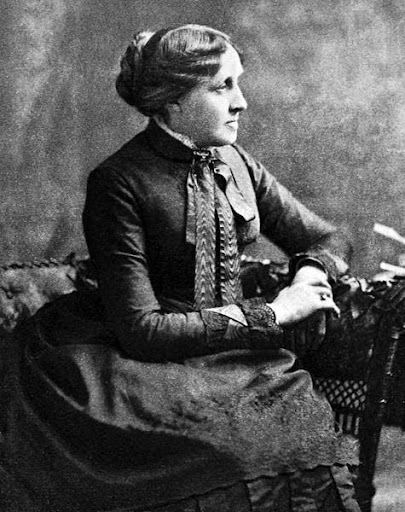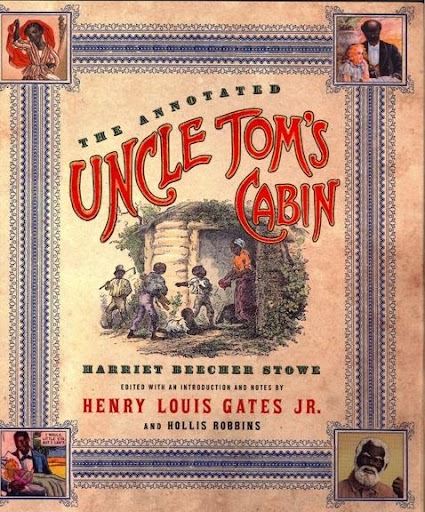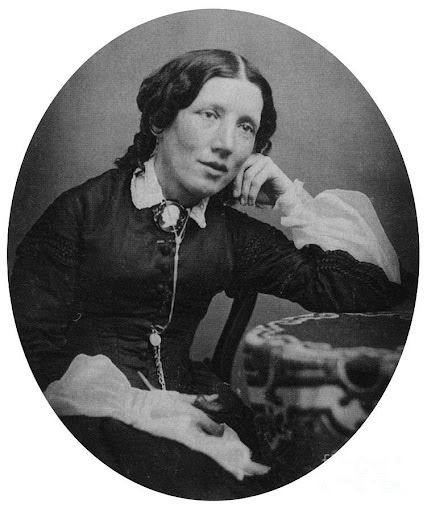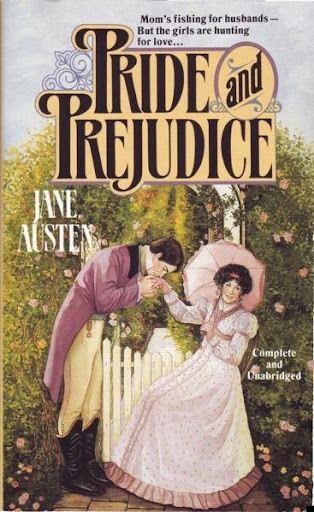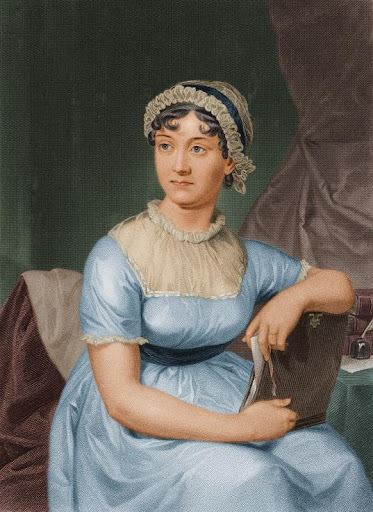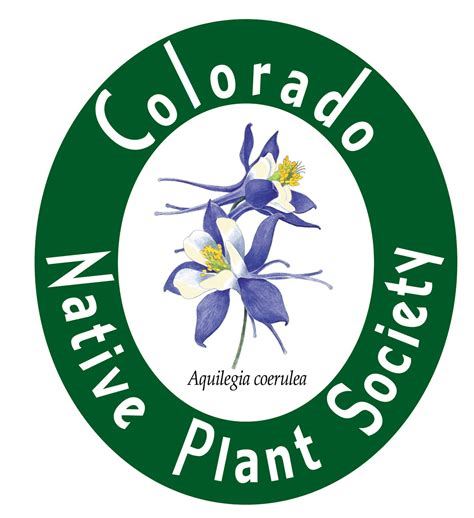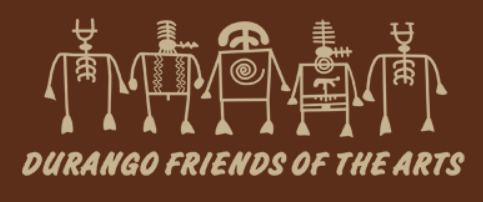Emily Dickinson (1830 – 1886), was, along with Walt Whitman, one of the two most influential American poets of the 19th century. By the time Dickinson turned 35, she had composed more than 1100 poems, whose concise, powerful lyrics expressively examine pain, grief, joy, love, nature, and art. The environs of her home in Amherst, MA, provided her with a constant source of inspiration. She learned about plants in botany courses at both Amherst Academy and Mount Holyoke Female Seminary. She assembled an extensive herbarium of over 400 specimens. Dickinson’s poems mention roses, lilacs, peonies, daisies, poppies, nasturtiums, and zinnias, among others. As she became more reclusive later in life, she would still send poems and flowers to friends and acquaintances to acknowledge birthdays, comfort in times of illness, or express condolences.
Image Credit: http://flavorwire.com/319697/an-english-to-english-translation-of-emily-dickinsons-poetry
Bio Source: https://www.emilydickinsonmuseum.org/emily-dickinson/biography/emily-dickinson-the-writing-years-1855-1865/



